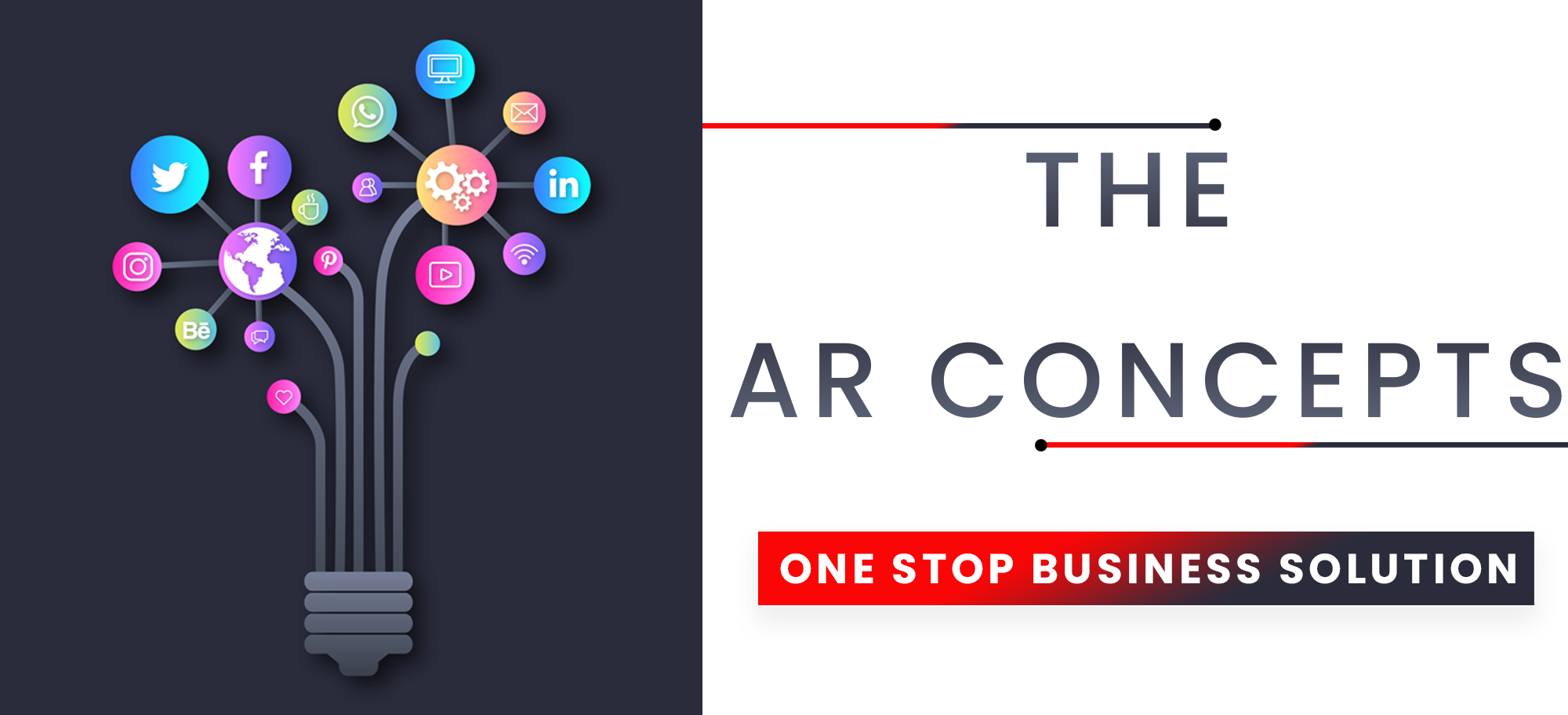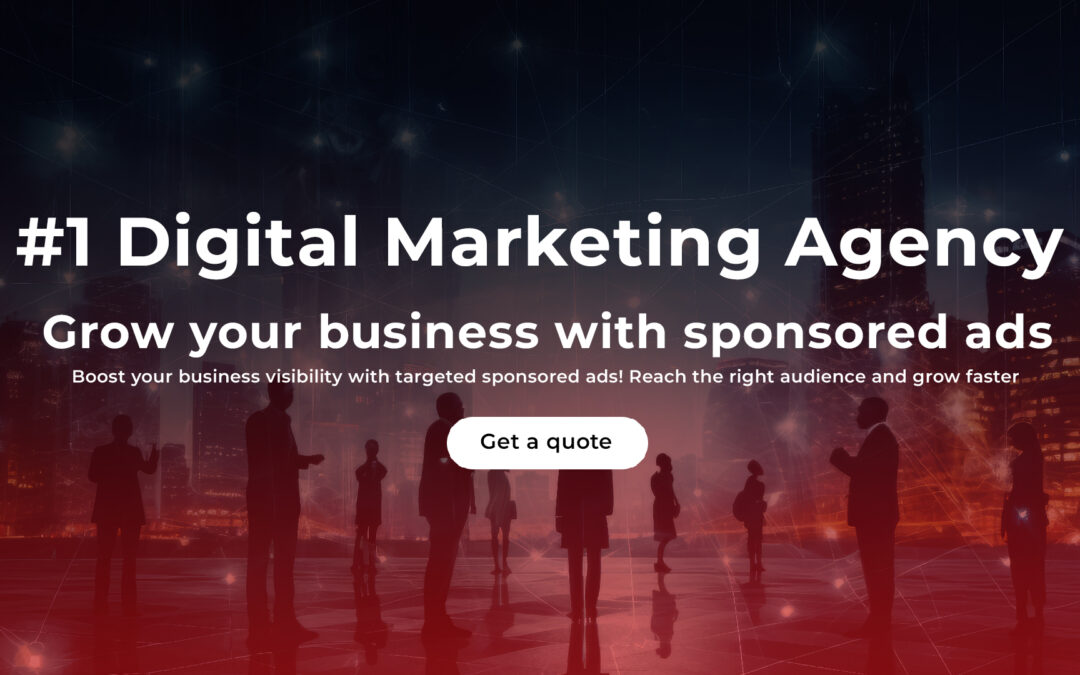Complete Guide to Digital Marketing
Digital marketing is a multifaceted approach to reaching, engaging, and converting customers online. It encompasses various strategies and tools designed to create brand awareness, drive traffic, and ultimately increase sales. Here’s a comprehensive guide explaining the key components of digital marketing:
1. Search Engine Optimization (SEO)
SEO is the process of optimizing your website to rank higher on search engine results pages (SERPs). The higher you rank, the more traffic you’ll receive. SEO focuses on unpaid, organic traffic.
- On-Page SEO: Refers to optimizing the content on your website, including keywords, meta descriptions, title tags, and header tags.
- Off-Page SEO: Involves strategies outside your website, like backlinking and social signals.
- Technical SEO: Focuses on the backend of your site, including site speed, mobile-friendliness, indexing, and secure connections (HTTPS).
Key Metrics:
- Organic traffic
- Keyword rankings
- Bounce rate
- Domain authority
2. Content Marketing
Content marketing is the creation and distribution of valuable, relevant content to attract and engage a target audience. Content can be in the form of blog posts, videos, infographics, podcasts, eBooks, etc.
Key Areas:
- Blogging: Publishing regular, optimized blog posts.
- Video Marketing: Engaging audiences through video content.
- Infographics: Visual representations of information.
- Case Studies & eBooks: In-depth resources that educate and inform users.
Key Metrics:
- Engagement (likes, shares, comments)
- Time on page
- Conversion rates
- Lead generation
3. Social Media Marketing
Social media marketing involves promoting your brand and content on social platforms like Facebook, Instagram, LinkedIn, Twitter, etc. It helps in increasing brand awareness, engagement, and driving website traffic.
Key Components:
- Paid Ads: Sponsored content to reach a broader or targeted audience.
- Organic Posts: Regular posts without paying for ads, focused on building relationships.
- Influencer Marketing: Partnering with influencers to promote your products.
Key Metrics:
- Follower growth
- Engagement rate
- Reach & Impressions
- Click-through rate (CTR)
4. Pay-Per-Click Advertising (PPC)
PPC advertising involves running paid ads where you only pay when someone clicks on your ad. Google Ads and social media ads are popular platforms for PPC.
Types of PPC Ads:
- Search Ads: Appear at the top of search engine results.
- Display Ads: Visual ads displayed on partner websites.
- Social Media Ads: Paid ads on platforms like Facebook, Instagram, LinkedIn.
- Retargeting Ads: Ads shown to users who have visited your website but haven’t converted.
Key Metrics:
- Cost-per-click (CPC)
- Click-through rate (CTR)
- Conversion rate
- Return on Ad Spend (ROAS)
5. Email Marketing
Email marketing involves sending direct emails to leads or customers. It is a powerful channel for nurturing leads and engaging existing customers.
Types of Email Campaigns:
- Newsletters: Regular updates and content sent to subscribers.
- Promotional Emails: Special offers, discounts, or new product launches.
- Drip Campaigns: Automated series of emails sent over time.
- Transactional Emails: Sent after user actions, like order confirmations.
Key Metrics:
- Open rate
- Click-through rate
- Conversion rate
- Unsubscribe rate
6. Affiliate Marketing
Affiliate marketing involves partnering with other companies or individuals who promote your products for a commission. It’s performance-based marketing where affiliates only get paid when they bring in customers.
Key Metrics:
- Affiliate referral traffic
- Conversion rate
- Commission paid
- Number of active affiliates
7. Influencer Marketing
Influencer marketing leverages individuals who have a large following on platforms like Instagram, YouTube, or TikTok. Influencers promote products to their audience, often with highly engaging content.
Key Metrics:
- Audience engagement
- Brand mentions
- Sales generated through influencers
- Growth in followers after influencer campaigns
8. Conversion Rate Optimization (CRO)
CRO is the process of improving the percentage of website visitors who take a desired action (such as making a purchase, signing up for a newsletter, etc.). It focuses on user experience and design.
Key Techniques:
- A/B testing of different versions of web pages.
- Improving website navigation.
- Optimizing landing pages.
Key Metrics:
- Conversion rate
- Cost per conversion
- Bounce rate
- Average session duration
9. Online Reputation Management (ORM)
ORM is about managing how your brand is perceived online. This includes responding to reviews, managing social media feedback, and controlling the narrative through public relations efforts.
Key Strategies:
- Responding to customer reviews promptly.
- Encouraging satisfied customers to leave positive reviews.
- Dealing with negative comments professionally.
Key Metrics:
- Review ratings
- Number of mentions
- Sentiment analysis
- Brand visibility
10. Web Analytics
Web analytics is the practice of analyzing data to understand user behavior and the performance of digital marketing campaigns. Tools like Google Analytics can help track website traffic, conversions, and user engagement.
Key Metrics:
- Website traffic (sessions, users, page views)
- Bounce rate
- Average session duration
- Goal completions (e.g., purchases, sign-ups)
11. Mobile Marketing
Mobile marketing focuses on reaching audiences on their smartphones or tablets. This includes mobile-optimized websites, mobile ads, and SMS marketing.
Key Techniques:
- SMS Marketing: Sending promotional messages directly to customers via text.
- In-App Ads: Ads served to users within mobile apps.
- Mobile-Optimized Websites: Ensuring your website is user-friendly on mobile devices.
Key Metrics:
- Mobile traffic
- Conversion rates from mobile users
- App download rates
- SMS open rates
12. Local SEO and Google My Business
Local SEO is about optimizing your online presence to attract local customers. Google My Business (GMB) profiles help businesses appear in local search results and Google Maps.
Key Strategies:
- Optimizing your GMB profile with accurate business info, photos, and reviews.
- Targeting local keywords.
- Building citations (mentions of your business on local directories).
Key Metrics:
- Local search rankings
- GMB profile views
- Calls and website clicks from GMB
- Customer reviews and ratings
13. Marketing Automation
Marketing automation uses software to automate repetitive marketing tasks, such as email campaigns, social media posting, and ad management. Platforms like HubSpot and Marketo allow marketers to streamline and scale efforts.
Key Uses:
- Email automation (e.g., drip campaigns)
- Lead scoring and segmentation
- Automating social media posts
- Dynamic content personalization
Key Metrics:
- Time saved
- Campaign performance metrics
- Lead generation
- Return on Investment (ROI)
Conclusion
Digital marketing is a dynamic and evolving field. The key to success is understanding the unique strengths and uses of each channel and how they can work together to achieve your business goals. By leveraging SEO, content marketing, social media, PPC, and other techniques, you can build a cohesive strategy that drives growth and engagement.
Contact Us At +91 9182977268


